The stunning experiment, which reconstructs the properties of entangled photons from a 2D interference pattern, could be used to design faster quantum computers.
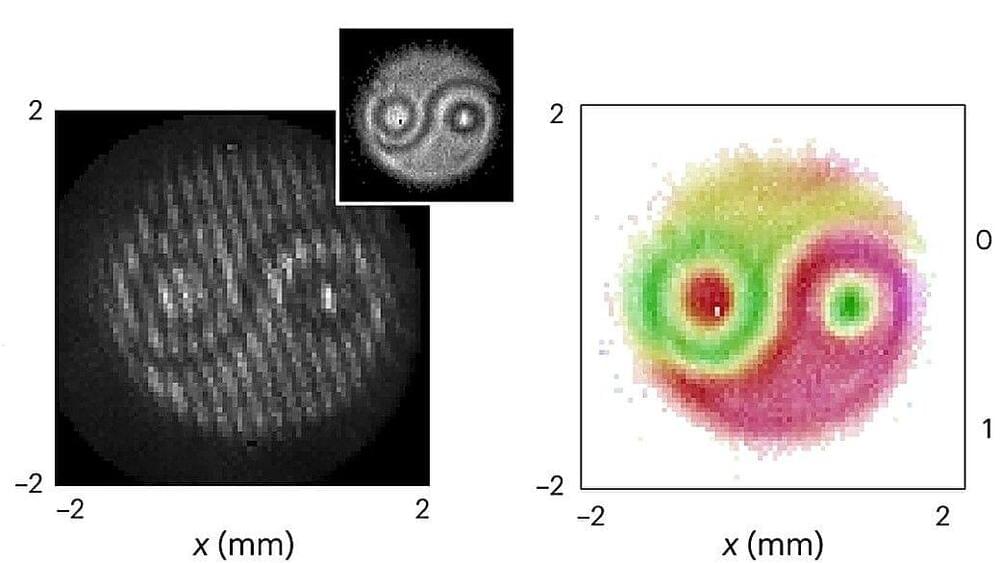

Tech executives, researchers and government officials are gathering in Seattle this week to figure out ways to add a new dimension to America’s chip industry — figuratively and literally.
“We’re going to talk about a once-in-a-lifetime opportunity to reinvent domestic microelectronics manufacturing,” Mark Rosker, director of the Defense Advanced Research Projects Agency’s Microsystems Technology Office, said today at the opening session of the ERI 2.0 Summit at the Hyatt Regency Seattle.
More than 1,300 attendees signed up for the DARPA event, which follows up on a series of Electronics Resurgence Initiative Summits that were conducted before the COVID-19 pandemic.
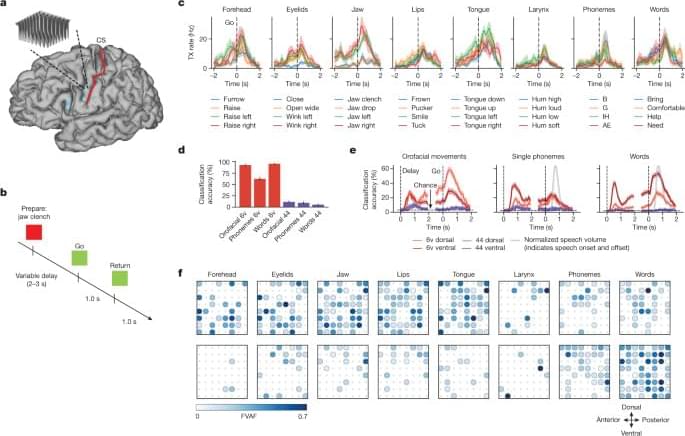
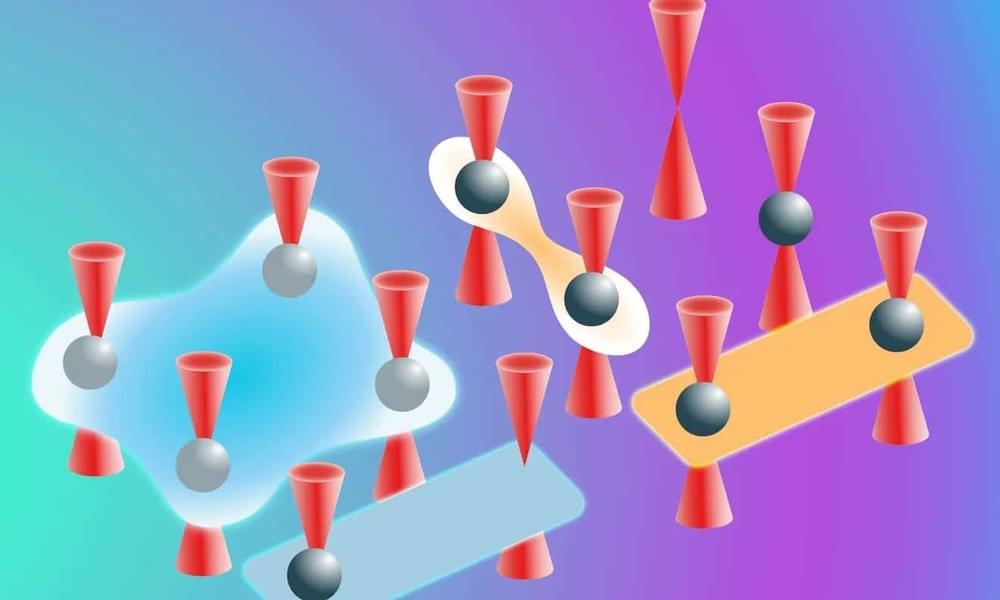
Fermionic atoms adhere to the Pauli exclusion principle, preventing more than one from simultaneously being in the same quantum state. As a result, they are perfect for modeling systems like molecules, superconductors, and quark-gluon plasmas where fermionic statistics are critical.
Using fermionic atoms, scientists from Austria and the USA have designed a new quantum computer to simulate complex physical systems. The processor uses programmable neutral atom arrays and has hardware-efficient fermionic gates for modeling fermionic models.
The group, under the direction of Peter Zoller, showed how the new quantum processor can simulate fermionic models from quantum chemistry and particle physics with great accuracy.
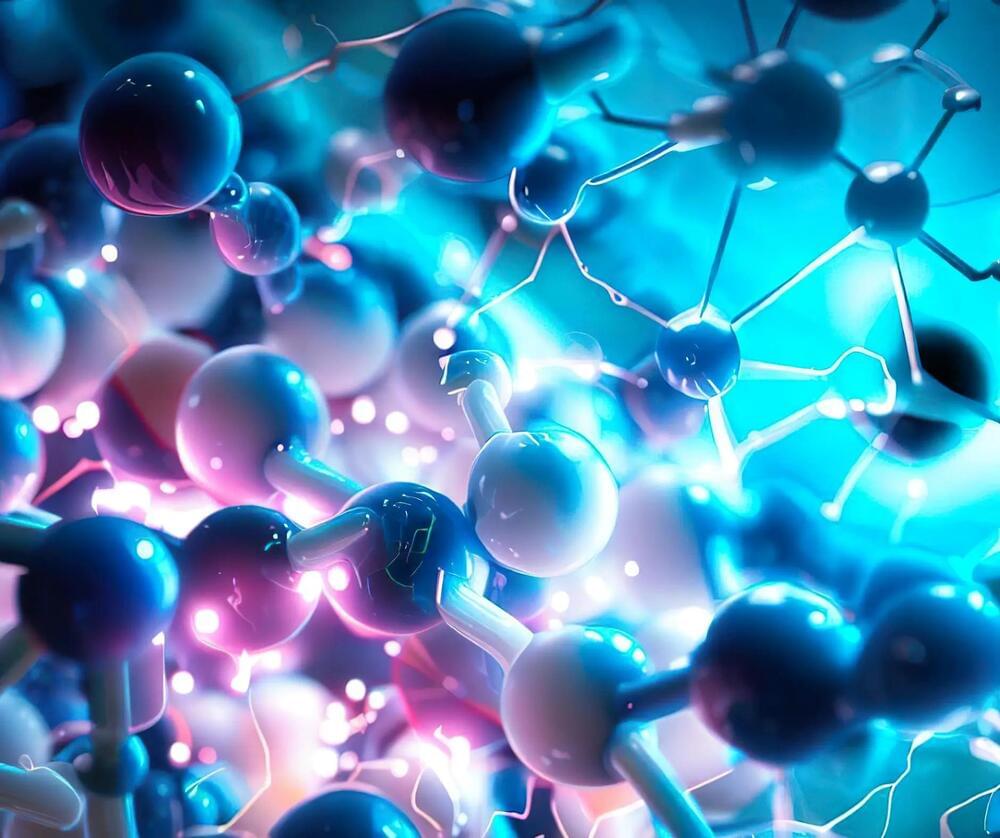
Researchers from the University of Cambridge have unveiled a surprising discovery that holds the potential to reshape the landscape of electrochemical devices. This new insight opens the door for the creation of cutting-edge materials and paves the way for enhancements in sectors like energy storage, neuromorphic computing, and bioelectronics.
Electrochemical devices rely on the movement of charged particles, both ions, and electrons, to function properly. However, understanding how these charged particles move together has presented a significant challenge, hindering progress in creating new materials for these devices.
In the rapidly evolving field of bioelectronics, soft conductive materials known as conjugated polymers are used for developing medical devices that can be used outside of traditional clinical settings. For example, this type of material can be used to make wearable sensors that monitor patients’ health remotely or implantable devices that actively treat disease.
Dr. Joni L. Rutter, Ph.D., (https://ncats.nih.gov/director/bio) is the Director of the National Center for Advancing Translational Sciences (NCATS — https://ncats.nih.gov/) at the U.S. National Institutes of Health (NIH) where she oversees the planning and execution of the Center’s complex, multifaceted programs that aim to overcome scientific and operational barriers impeding the development and delivery of new treatments and other health solutions. Under her direction, NCATS supports innovative tools and strategies to make each step in the translational process more effective and efficient, thus speeding research across a range of diseases, with a particular focus on rare diseases.
By advancing the science of translation, NCATS helps turn promising research discoveries into real-world applications that improve people’s health. The NCATS Strategic Plan can be found at — https://ncats.nih.gov/strategicplan.
In her previous role as the NCATS deputy director, Dr. Rutter collaborated with colleagues from government, academia, industry and nonprofit patient organizations to establish robust interactions with NCATS programs.
Prior to joining NCATS, Dr. Rutter served as the director of scientific programs within the All of Us Research Program, where she led the scientific programmatic development and implementation efforts to build a national research cohort of at least 1 million U.S. participants to advance precision medicine. During her time at NIH, she also has led the Division of Neuroscience and Behavior at the National Institute on Drug Abuse (NIDA). In this role, she developed and coordinated research on basic and clinical neuroscience, brain and behavioral development, genetics, epigenetics, computational neuroscience, bioinformatics, and drug discovery. Dr. Rutter also coordinated the NIDA Genetics Consortium and biospecimen repository.
Throughout her career, Dr. Rutter has earned an international reputation for her diverse and unique expertise via her journal publications and speaking engagements, and she has received several scientific achievement awards, including the 2022 Rare Disease Legislative Advocates–RareVoice Award for Federal Advocacy and the 2022 FedHealthIT–Women in Leadership Impact Award.
Dr. Rutter received her Ph.D. from the Department of Pharmacology and Toxicology, Dartmouth Medical School, Hanover, New Hampshire, and completed a fellowship at NCI within the Division of Cancer Epidemiology and Genetics.

Heata is now using these busy servers to heat water for homes.
Using heat generated by computers to provide free hot water was an idea born not in a high-tech laboratory, but in a battered country workshop deep in the woods of Godalming, England.
“The idea of using the wasted heat of computing to do something else has been hovering in the air for some time,” explains Chris Jordan, a 48-year-old physicist, “but only now does technology allow us to do it adequately.
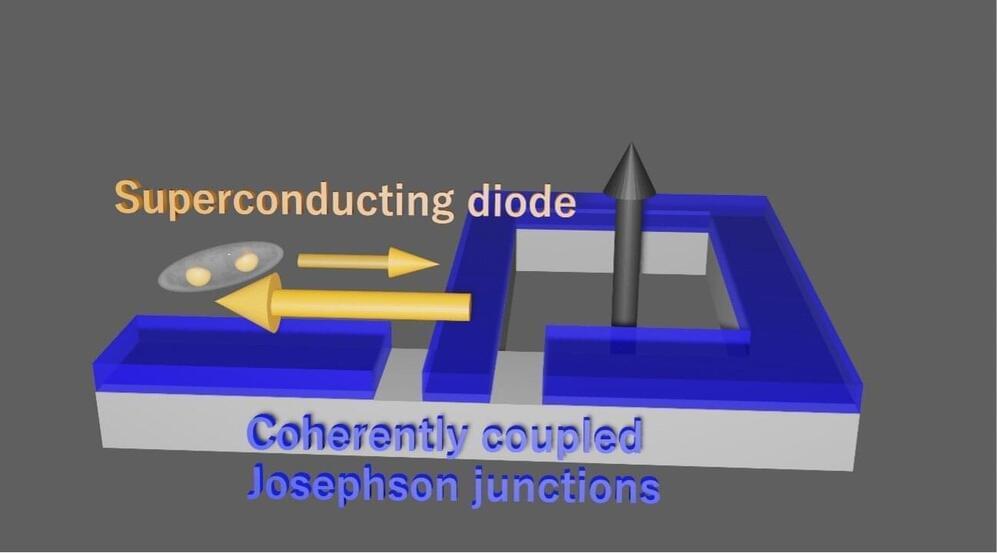
The so-called superconducting (SC) diode effect is an interesting nonreciprocal phenomenon, occurring when a material is SC in one direction and resistive in the other. This effect has been the focus of numerous physics studies, as its observation and reliable control in different materials could enable the future development of new integrated circuits.
Researchers at RIKEN and other institutes in Japan and the United States recently observed the SC diode effect in a newly developed device comprised of two coherently coupled Josephson junctions. Their paper, published in Nature Physics, could guide the engineering of promising technologies based on coupled Josephson junctions.
“We experimentally studied nonlocal Josephson effect, which is a characteristic SC transport in the coherently coupled Josephson junctions (JJs), inspired by a previous theoretical paper published in NanoLetters,” Sadashige Matsuo, one of the researchers who carried out the study, told Phys.org.

Researchers from Austria and the U.S. have designed a new type of quantum computer that uses fermionic atoms to simulate complex physical systems. The processor uses programmable neutral atom arrays and is capable of simulating fermionic models in a hardware-efficient manner using fermionic gates.
The team led by Peter Zoller demonstrated how the new quantum processor can efficiently simulate fermionic models from quantum chemistry and particle physics. The paper is published in the journal Proceedings of the National Academy of Sciences.
Fermionic atoms are atoms that obey the Pauli exclusion principle, which means that no two of them can occupy the same quantum state simultaneously. This makes them ideal for simulating systems where fermionic statistics play a crucial role, such as molecules, superconductors and quark-gluon plasmas.

Researchers have successfully forced electromagnetic (EM) waves that usually pass right through each other to collide head-on by manipulating time, made possible with the unique properties of metamaterials.
Inspired by the concept of using macro-scale waves like tsunamis or earthquakes to cancel each other out, the manipulation of time interfaces to cause these photons to collide instead of pass through each other could open up a wide range of engineering applications, including advances in telecommunications, optical computing, and even energy harvesting.
Is Using One Wave to Cancel Another Wave Possible?